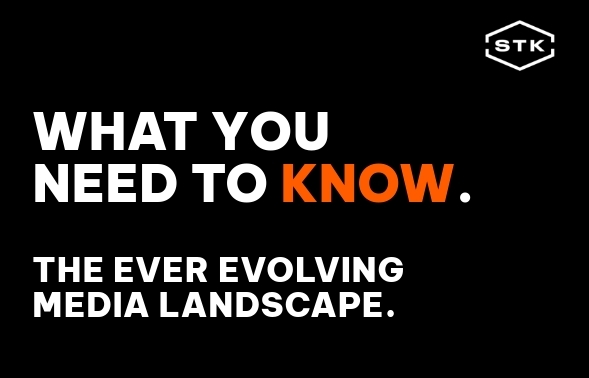Many business owners, department heads, or team leaders can rely on gut instinct, or a ‘hunch’ to a certain extent. But when challenged, could you confidently say why a certain decision has been taken, or what’s behind a particular recommendation?
Whatever case you’re trying to build, using data to underpin your argument gives you greater leverage. It provides confidence to both you and your audience that there is a real concern / challenge / reason to celebrate. Weaving that data into a story helps bring to life both the challenge and illustrate the solution.
But, where to begin? Here are 3 ideas:
- The survey – yes, you might well groan…. not another survey?! But, done well, the insight it will generate can be invaluable. This ‘moment in time’ perspective is a great way to find out how your audience is feeling. Whether it’s client satisfaction, employee feedback or membership engagement – using a survey can deliver the evidence behind helping organisations increase their retention, motivation and / or satisfaction. As an example, I run twice-yearly employee surveys for a European University (confidential client) to ‘check in’ on their team. Insights uncovered include: lack of psychological safety in the workplace in certain teams which went on to be explored further, a lack of understanding of the organisation's values, and an under-utilised flexible working ‘benefit’ that had low uptake due to a lack of awareness. Addressing these areas has led to increased retention rates over the last 3 years.
- New business – looking at your new business data should be a ‘process’ carried out at regular intervals. Review the types of new business leads / wins / losses over the past x months – were they organic growth (i.e. clients adding new services?), or 'new new' business – i.e. a new lead? Where did that lead come from (networking, client introduction, LinkedIn…)? What was last year’s conversion rate? Better / worse in certain sectors? This is rich information that, when mined, can help teams become more efficient in their sales and marketing strategies.
- Competitor analysis – this may seem obvious, but have you recently mapped out where your competitors are / what they offer / how they market themselves? If not, it’s time to have another look. Get a better understanding of where they hang out, see how your ‘tone’ compares to theirs, how are they performing on social media channels, etc… A simple tick-box table with some desktop research means you’ll gather competitor data, which can help inform your own marketing performance. Where are the gaps in their content, that you could fill, for example?
It's time to say goodbye to the “we’ve always done it like this, so let’s carry on” mentality and create a data-driven, evidence-based culture in your organisation. Check out my top tips here, or email me at bonamy@boninsight.com to book in a chat. I look forward to exploring some ideas together!



















